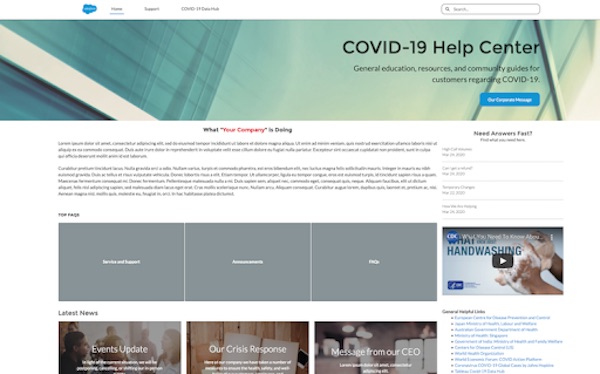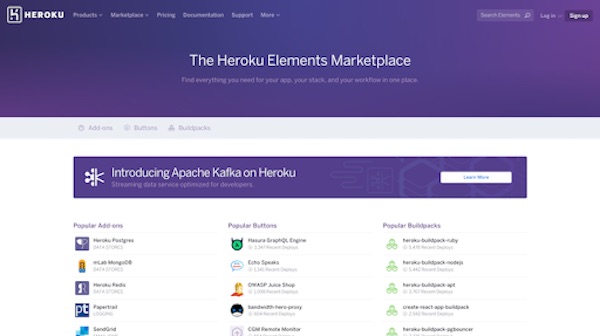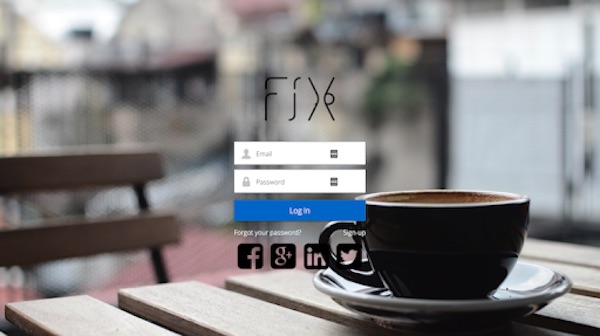Business priorities have shifted from playing offense to defense. It is a critical time to focus on helping customers extract value from your products and services. That’s why your technology team needs to do all they can to leverage existing Salesforce products to improve the customer experience and retain customers. Here’s how they can accomplish this now.
1. Stand up a COVID-19 help center fast
As companies determine how to respond and navigate through this pandemic, it’s crucial they share relevant information with their customers. Customers will often have more questions than one mass email can answer. To address their concerns, consider creating a resource center or FAQ page.
How to get started:
Salesforce can help you stand up a central resource center fast. We provide businesses with free access to Community Cloud so they can quickly build a self-service help center portal for COVID-19 response. You can sign up to get more info, and don’t forget to review the Quick Start Guide.
Stand up a COVID-19 help center fast with Salesforce Care
2. Expand the capacity for self-service
Right now, customer service teams are overwhelmed by the large volume of customers reaching out for help. To ease the burden, businesses can empower customers with self-service apps that have knowledge articles and FAQs. They can also enhance digital channels with chat bots, live chat, or SMS. This will give customers an integrated and personalized experience wherever they go.
How to get started:
If you use Service Cloud, it’s easy to add on new digital channels like Chat and Einstein Bots. Both of these can be offered to your customers through portals powered by Community Cloud and External Apps. You may also use the Service SDK to surface these channels in your customer-facing apps built on any other platform.
3. Deliver a mobile-optimised experience
With the rapid shift to working from home, your customer’s day is likely filled with homeschooling children or doing chores. This means interactions happen on their mobile phone. Now is the time to optimize your mobile experience through either responsive web pages or native mobile apps.
How to get started:
Good news, if you’ve already set up a portal through Customer Community or External Apps, it is already mobile responsive. If the time is right for you to shift from a mobile responsive portal to a native mobile app experience, consider using Mobile Publisher to publish your portal as a mobile app to the App Store and Google Play. Perhaps your needs call for you to build a bespoke customer-facing application at scale? In that case, consider using a platform as a service like Heroku. Heroku allows you to build your app faster by leveraging previous work done by the broader developer community in the Heroku Elements Marketplace. Learn more about how to build apps on Heroku.
Build custom apps fast with buttons, add-ons, and buildpacks that can
be added within minutes from the Heroku Elements Marketplace
4. Make it easy for customers to access their relevant data
One of the best ways to help your customers is to give them easier access to important data like order history, case history, and profile data. Customers want to access this data online without the extra steps of calling support or logging a ticket.
How to get started:
Your CRM can push this customer data into your customer-facing applications. If you have built customer-facing apps on Heroku, you can extend your CRM data into these apps within a matter of minutes with Heroku Connect. If you’ve built customer-facing apps on another platform, you can share your CRM data by using MuleSoft or by setting up point-to-point integrations through Salesforce APIs.
5. Remove friction around authentication
During times of high stress, customers have less patience when they have to authenticate multiple times or frequently reset passwords. It’s best to remove any friction customers may experience when accessing your apps.
How to get started:
If you have a Community or External Apps portal, you can configure Salesforce Identity to enable single sign-on, social sign-on, or passwordless login with a few clicks. Salesforce Identity can also remove this friction for your customer-facing apps not built on Salesforce.
Simplify registration and login with Salesforce Identity
These are some of the ways your technology teams can take advantage of your existing Salesforce investment to improve customer experience and retain customers in today’s climate.
To get more tips on navigating change, read other articles in our Leading Through Change series. Find thought leadership, tips, and resources to help business leaders manage through crisis.







